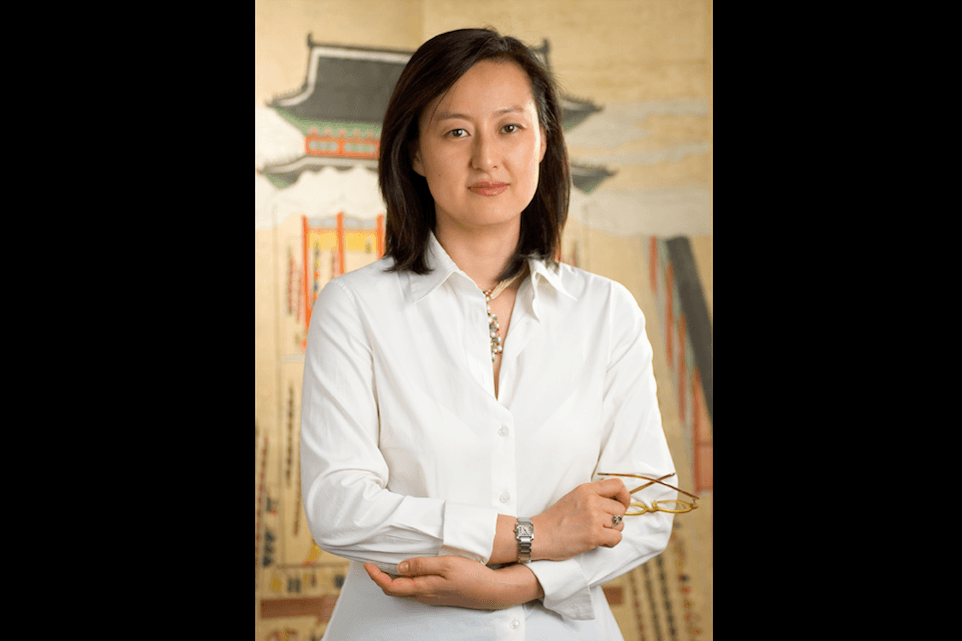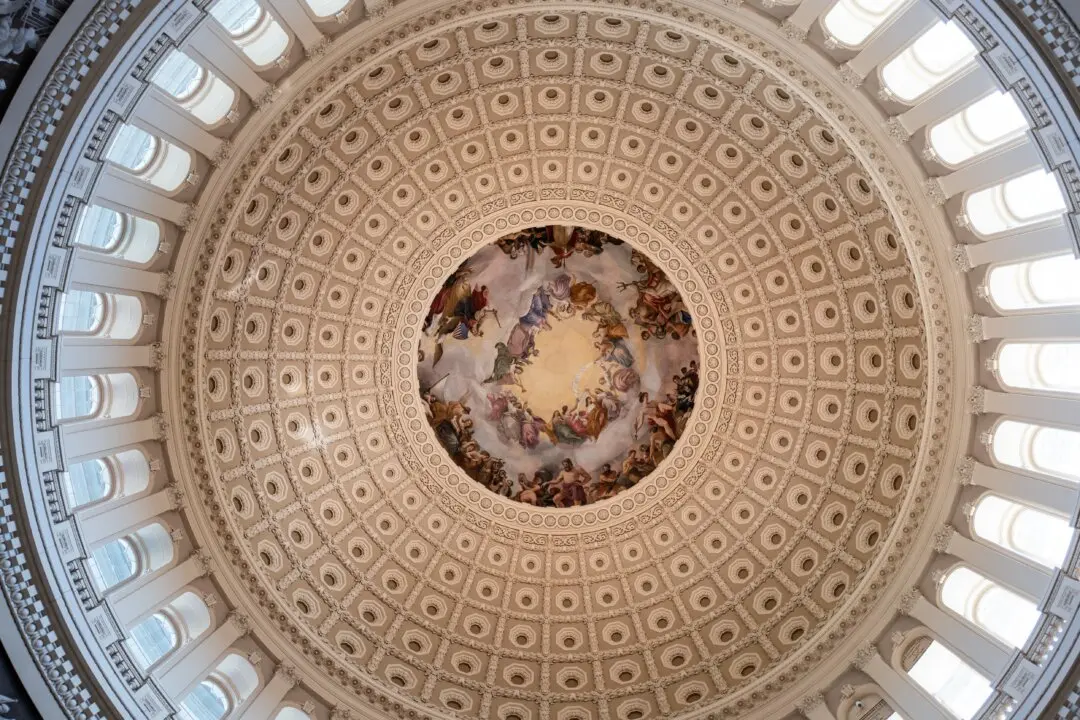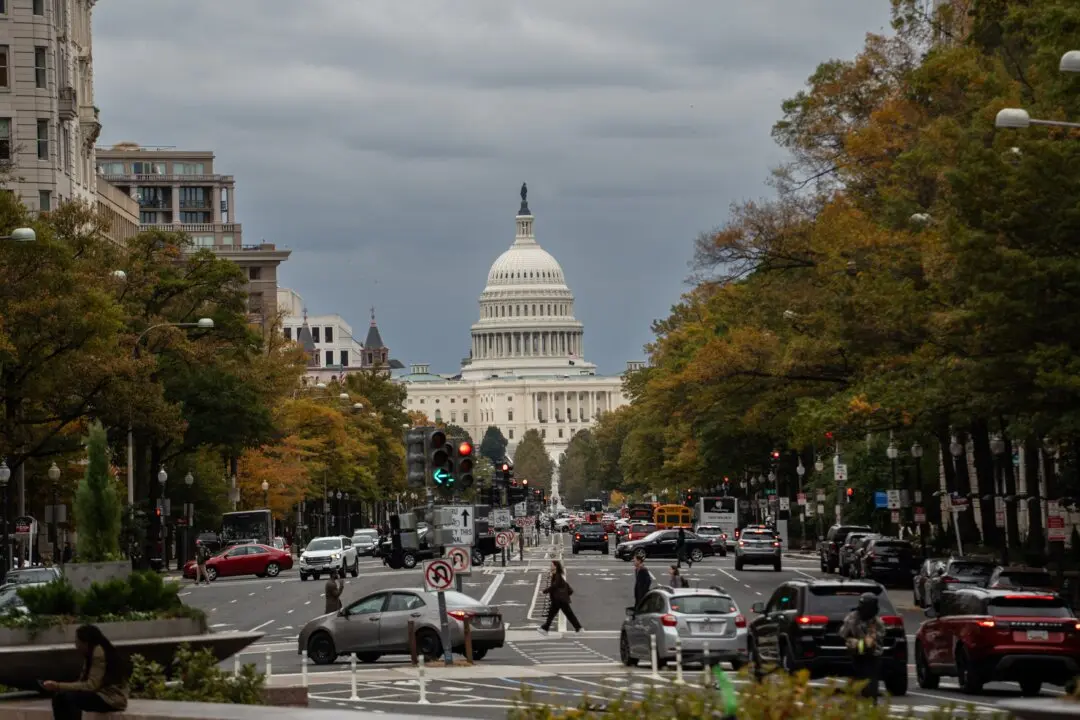A lover of beauty and Korean art, Jiyoung Koo resonates with collectors of fine art. Her expertise and “client comes first” approach has cemented Koo as a go-to person for curators and collectors.
She does not promote a strictly investing perspective with fine art, but, she says, “I do strongly feel that art has and continues to retain value, so in that sense may be considered ‘investment-worthy.’”
Akin to monetary investments, the art market is prone to fluctuations—sometimes dramatic ones. An important question to bear in mind is: How would you feel if the cash value for the work decreases?
“Investing really is not for everyone, since it’s not without risk if one’s primary goal is to make a profit monetarily within a short, prescribed time period,” Koo said.
Jiyoung Koo has 21 years of experience, expertise, and insight working in Asian art, at Sotheby’s for 10 years and as a dealer at Koo New York for another 11 years—and counting. Below, she offers her insights to investors and those new to Asian art.
How would a new investor get started?
By defining the interest subject clearly, then studying it, researching it, and seeing it firsthand as much as possible.
One should visit as many as possible of the following: galleries, museum exhibitions, and auction sales rooms. Each of these venues provides insight into quality works and opportunities to meet experts and read their writings on the works.
In particular, sales rooms, and some galleries and dealers, allow for object handling as well as critical training for the (collector) investors’ eyes.
Speaking with the vast array of specialists will allow one to determine who is truly a recognized, well-respected expert by peers in the field.
Simultaneously, one must be global in perspective and keep up with external events, especially economic, and flow in various regions.
Look for art where there is sufficient supply and demand in the past, present, and foreseeable future (the last being the most critical for an investor).
What is undervalued in your particular field?
In the Western market for Korean antiques of high quality, works are far less available as compared to works from China, India, and Japan due to collecting habits of previous generations, wartime destruction of artwork, and legal availability of works outside Korea.
Those external factors, aside from the myriad factors related to the actual artwork itself—authenticity, quality, condition, etc.—are also important to buying and selling practicalities.
In my particular field of specialty, Korean art—antiques through contemporary—I think contemporary ceramics are undervalued, as well as some women artists active today.
How stable is Asian art as an investment?
Asian art can be “volatile” just as with all things, like financial investments or cultural trends. Ever-increasing prices for works in certain fields will not or cannot continue indefinitely on the upward trajectory.
Timing and expertise is everything. For example, after 2000, Chinese contemporary art rose immensely and quickly with prices leapfrogging multiple times within months. Another example would be modern and contemporary Indian art.
Prices for blue-chip artists remain in demand whilst other works have stabilized in acceptable ranges that the international market has set. Internet, online bidding, and expanded travel to and from Asia by Western- and Asian-based resident investors make any market global. One can’t forget this.
How do you vet items?
It goes without saying that authenticity is naturally of foremost importance.
For a collector, I strongly believe one should buy what/who one likes. But, for an investor-type mindset, I would recommend that one must keep to the direction/goal one sets.
An investor should not forget the following—will what one buy be strong in the secondary market when it is time to sell?
Supply and demand and trends in collecting will determine what the price will be, but one can work toward better grounding if one learns about the field one will concentrate on.
What are the pitfalls should new investors watch out for?
Being caught up too early to purchase competitively without proper advice, knowledge, and training. One can’t be over eager. Patience is needed in the internationally competitive market one must engage and compete with. One needs guidance. Securing and trusting the advice of the right person is key, as that adviser needs to have good eyes, reputation, etc.
What’s new and exciting?
The re-examinations of early modern periods of artistic production throughout Asian art, ranging from India to China to Korea to Japan, for example. The 1850s through 1950s hold many works that one can start to study and invest in for the future.
In the 1970s and 1980s, for instance, 1750s-to-1850s Chinese Imperial wares were quite affordable and now are exceptionally high priced as seen in major and minor auction houses.
Where do you see the market going in the next five years?
The next five years should see the continued rise in the Chinese and Indian art fields—both antique and contemporary.
One can see blue-chip contemporary Chinese art had a leveling of price from 2000 to now. However, the antique market continues to rise. For Korean art, the blue chip artists and exceptional masterpieces will hold value and should continue to rise due to supplies, especially in the West.
Has the Asian buyer had an impact—coming into the market to buy?
Absolutely. China- and India-based investors have increased the upward volatility in the last five-plus years. Much akin to how Japan- and Korea-based collectors impacted the 1990s market for these respective regions’ works, the Indian and Chinese art markets are undergoing a similar market adjustment.






